During much of this adventure, plans to visit specific sites often go astray because of encountering surprisingly interesting unexpected attractions. The late 12th century Temple Church, built by the Knights Templars, was one such surprise. The Templars had been meeting in a much smaller facility a few blocks away from the current address, when, by the mid-1160's, they decided a larger structure was needed. The Templars purchased the current property to serve as their English headquarters. The plans included residences, a military training facility, and recreational grounds. The original church was built in the round, as was common for Templar Churches. Five hundred years later, a rectangular section was added, which became the Chancel. During the reign of King John (1199-1216), the Temple served as the Royal treasury. Between the end of the 12th century and the beginning of the 14th century, the compound was regularly used as residences of kings and legates (personal representatives) of the Pope. Around this same time, English Barons used the Temple as a private safety-deposit bank in order to avoid some of the king's taxes. The animosity between the Barons and the King, partly over this tax-avoiding practice, grew to the point that by 1215 William Marshall ended up negotiating the terms of the Magna Carta in the Temple (by the end of the year, it was signed in Runnymeade). Following the abolishment of the Templars in 1307, Edward II took possession of the church, which he later have to the Knights Hospitallers. Eventually, the Temple compound was leased to two colleges of lawyers who formed the Inner Temple and the Middle Temple Inns of Court, bases of the English Legal profession.
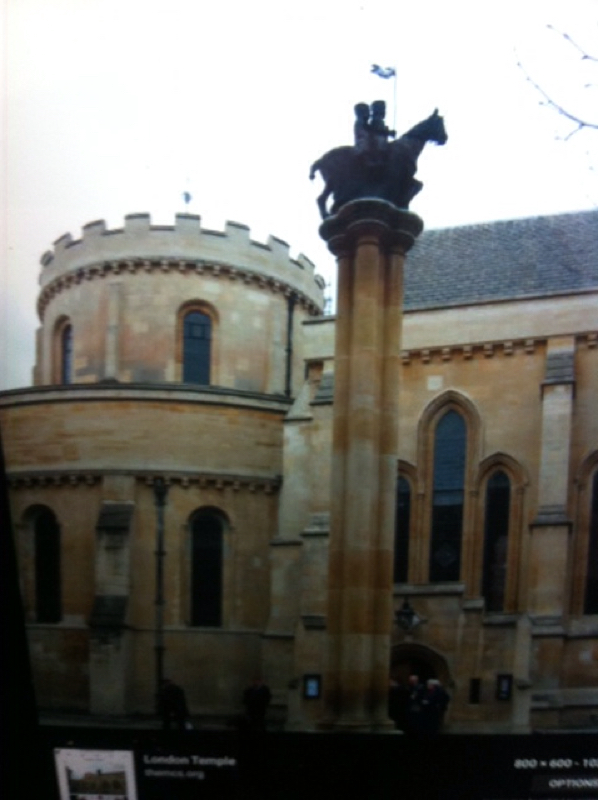
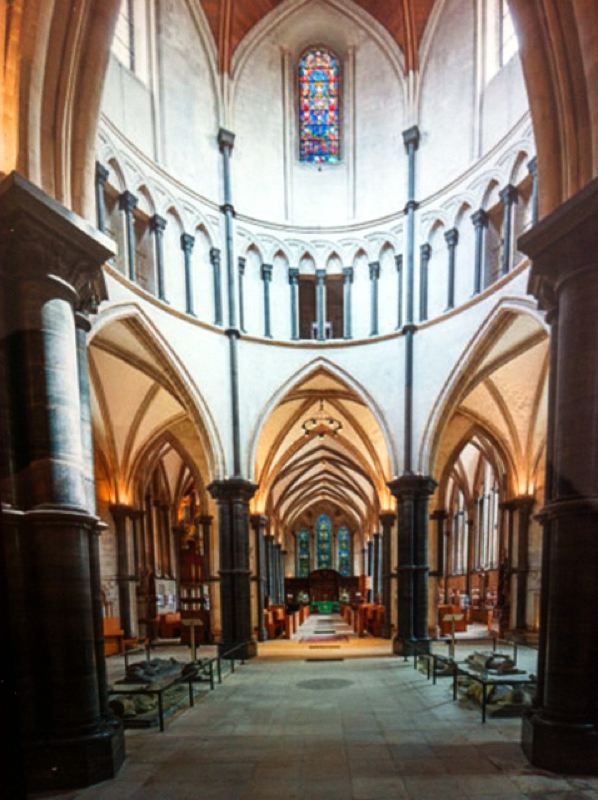
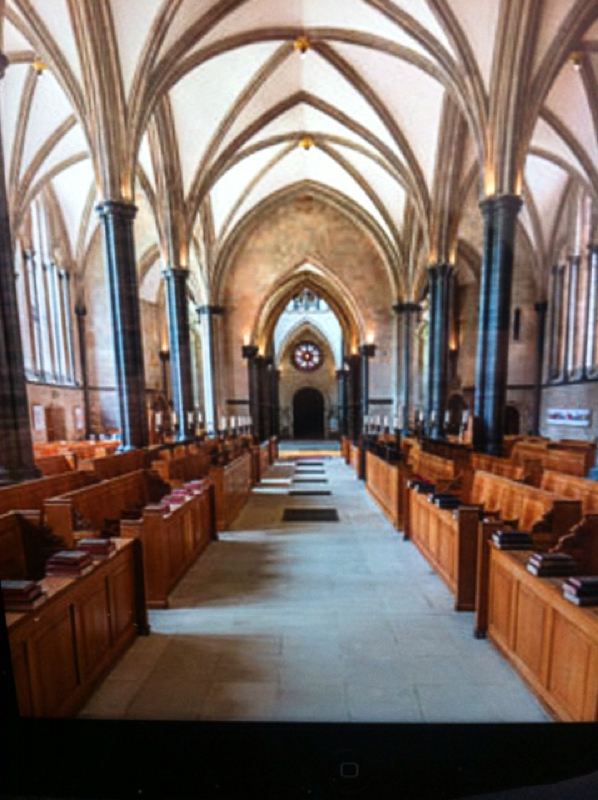
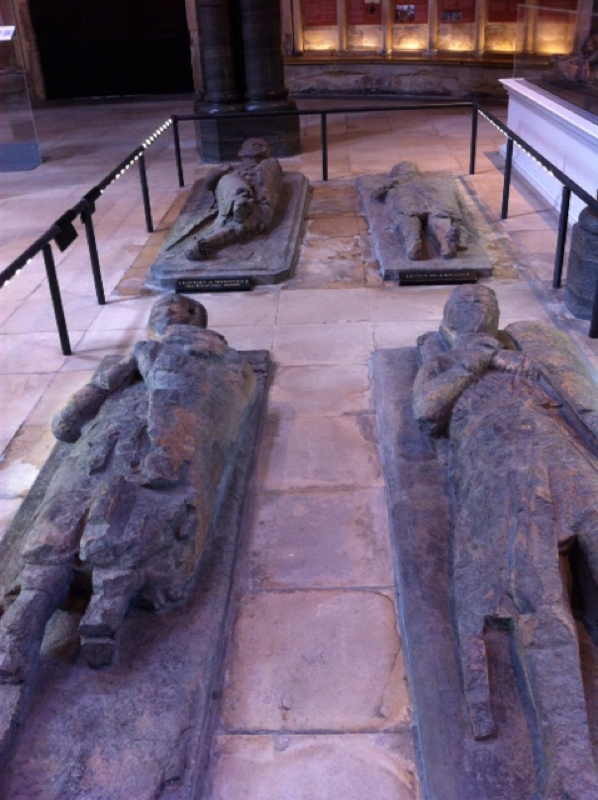

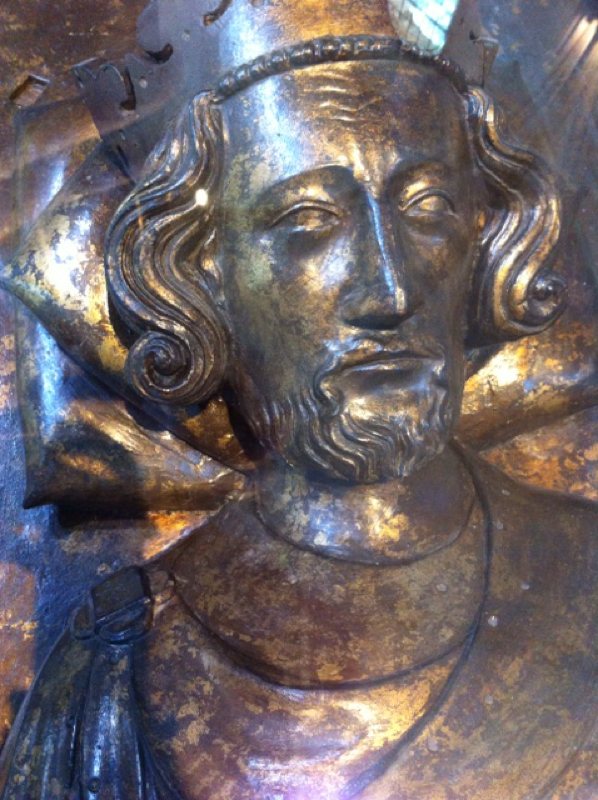
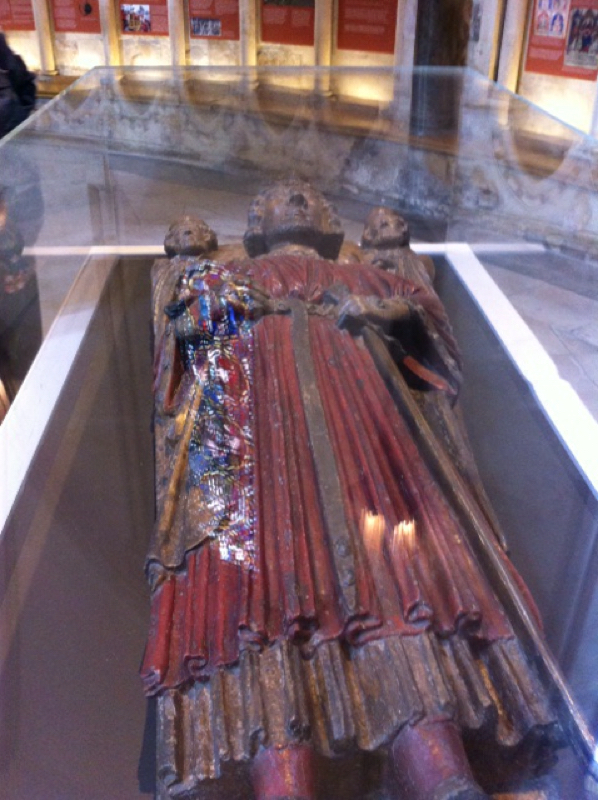
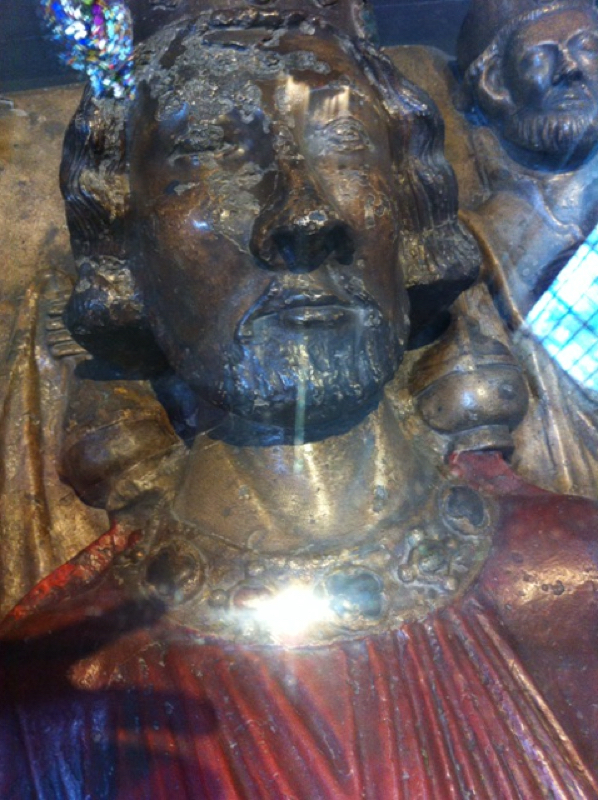
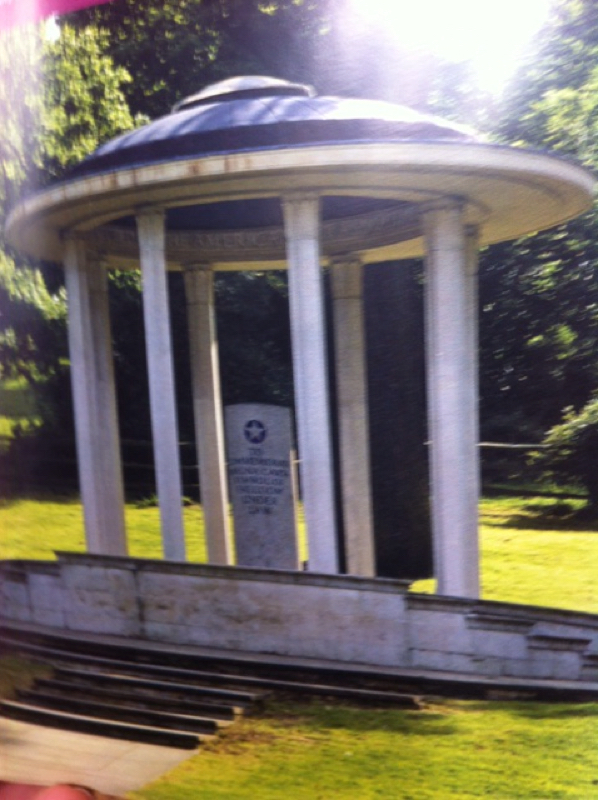
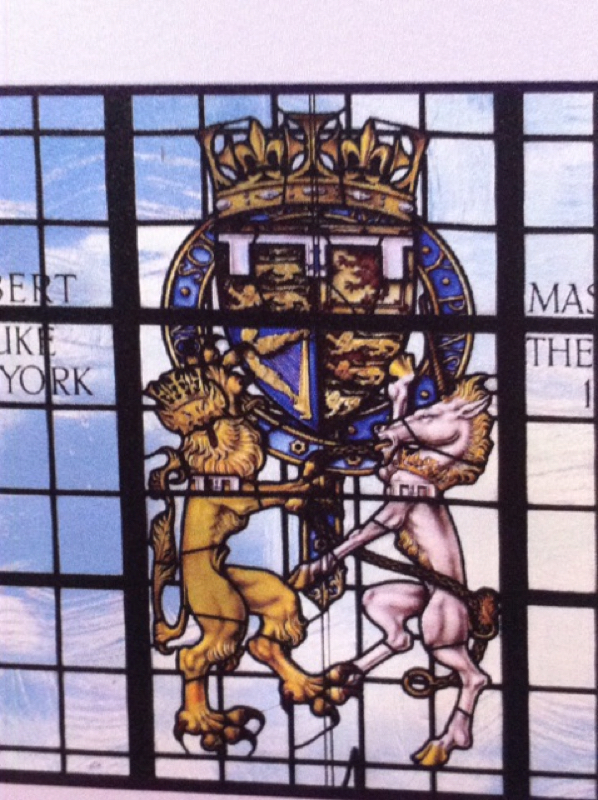
 RSS Feed
RSS Feed
